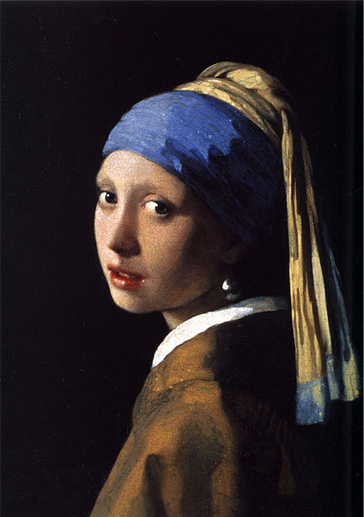Andrew Graham-Dixon visits the great collection of Dutch art at the Mauritshuis, which has just been reopened to the public
WHEN MARCEL Proust saw the View of Delft in the Mauritshuis, he announced that it was "the most beautiful picture in the world". Bergotte, in Proust's La Recherche du Temps Perdu, was granted the privilege of dying in front of the painting — musing over this idyllic vision of a 17th-century Dutch harbour town, an image of soft-focus stillness dou¬bled in its waterside reflection, he saw a sad contrast with the busy futility of his own life.
Proust, who was obsessed by one detail in the painting — the little area of yellow brickwork that halos one of Delft's sloping roofs — added his own Vanitas re-flections on the pointlessness of man's attempts at significance, "... the admiration aroused by which will matter little to his worm-eaten body, like the patch of yellow wall painted with so much skill and refinement by an artist destined to be forever unknown and barely identified under the name Vermeer".
It has been five years, due to extensive restoration of the Mauritshuis, since anyone has had the chance to die in front of Vermeer's View of Delft. Last weekend — after much regal rib-bon-snipping and unleashing of festive balloons in The Hague — the museum was reopened to the public. Most of its masterpieces — a clutch of great Rembrandts; works by Vermeer including, be-sides the View of Delft, his Head of a Girl dubbed "the Mona Lisa of the North"; a boisterous roomful of Jan Steen genre pictures; landscapes by Ruisael and Hobbema — had been cleaned and rehung for the occasion.
The French critic, Thoré-bür-ger, who was largely responsible for the 19th century's rediscovery of Dutch painting, thought the works in the...


